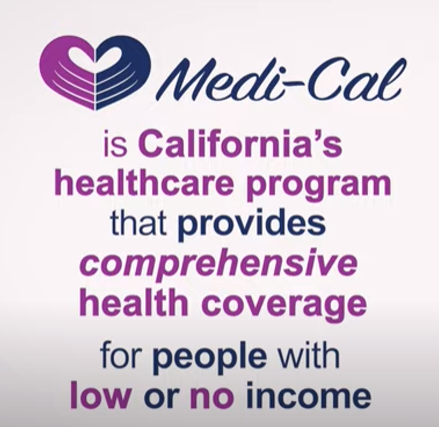The intersection of Medicare, Medi-Cal, and Dental Insurance can often cause confusion due to their seemingly overlapping services and provisions. However, each of these health insurance programs serves a specific group of individuals and has distinct coverage areas.
Medicare is a federally instituted health insurance plan, designed primarily to cater to those over 65, alongside younger individuals who have certain disabilities or those suffering from end-stage renal disease. It’s organized into four segments. Part A caters to inpatient care, Part B covers outpatient care, Part C, also known as Medicare Advantage, integrates Parts A and B, and Part D is centered around prescription drug coverage.
Conversely, Medi-Cal, California’s Medicaid program, is aimed at financially supporting low-income individuals and families in accessing healthcare services. It bases eligibility on income, family size, and citizenship status. The comprehensive coverage of Medi-Cal spans essential health services like doctor’s appointments, hospitalizations, and prescriptions, along with mental health services and a plethora of women’s health services, such as care during pregnancy, family planning, and screenings for breast and cervical cancer.
Dental insurance, as you might infer from the name, provides coverage specifically for dental health services. Typically, dental insurance plans fall into two main categories: preventative and restorative. Preventative services encompass regular dental check-ups and cleanings, whereas restorative services relate to more significant dental procedures, including the fitting of crowns, performing fillings, and conducting extractions. Dental insurance is often seen as a supplemental option to health insurance plans, but it’s also available as a standalone policy. It plays a crucial role in ensuring oral health without incurring high out-of-pocket costs.
In conclusion, while Medicare, Medi-Cal, and Dental Insurance may seem similar, their distinct features make them appropriate for different demographics and healthcare needs. It’s essential to understand these differences to ensure individuals and families have the appropriate coverage to meet their healthcare requirements.

